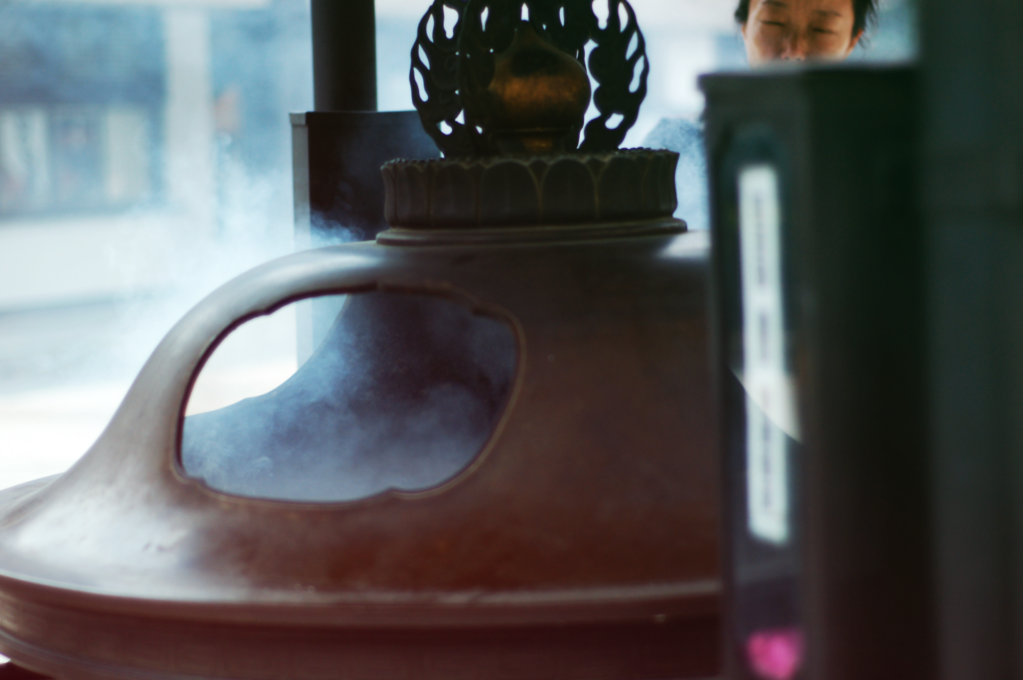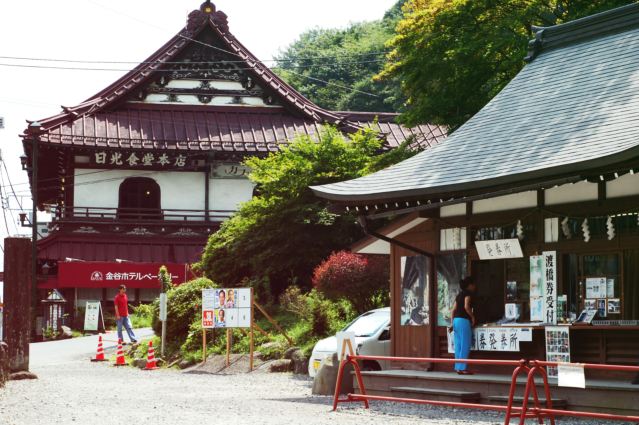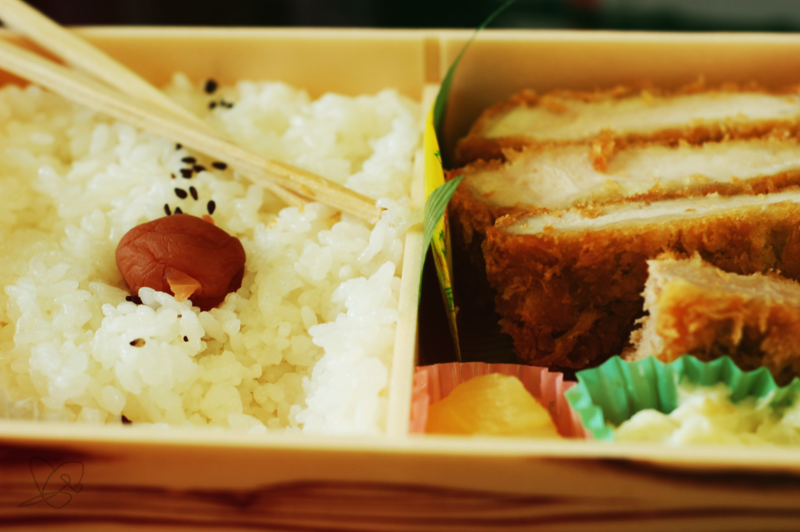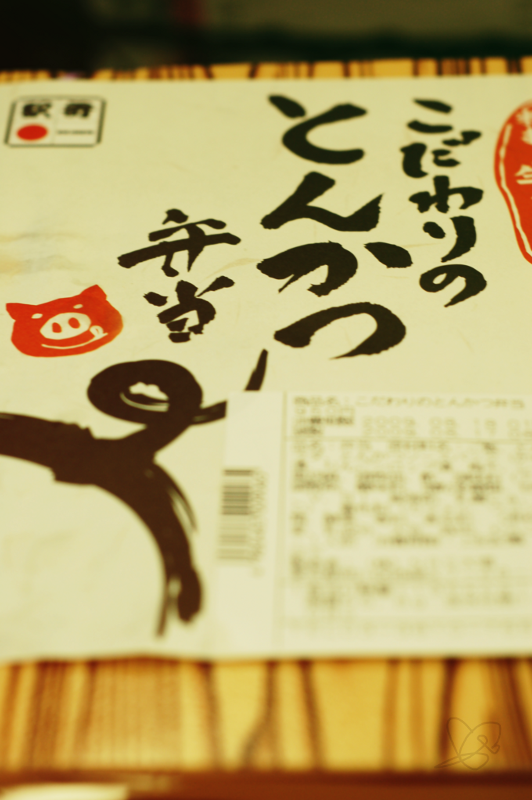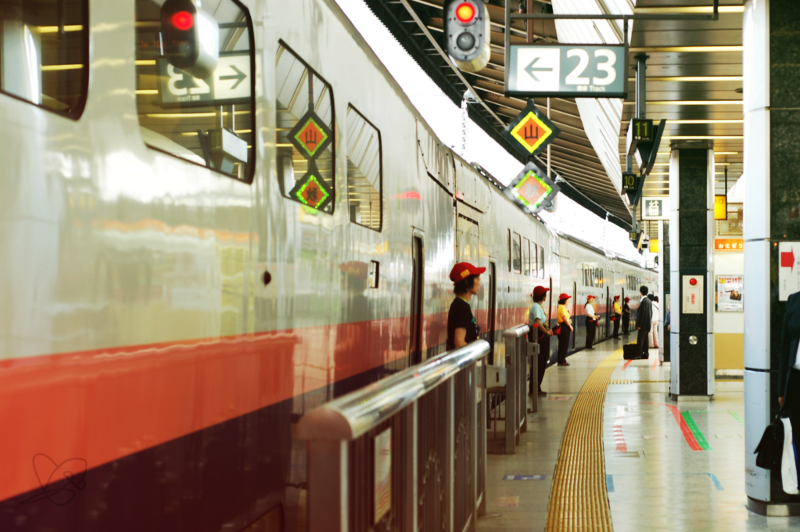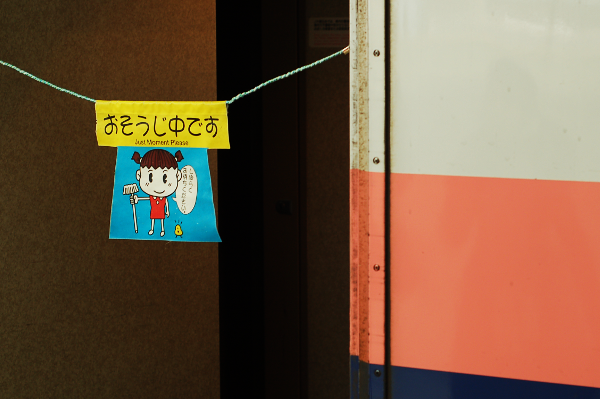
The first image I ever shot in Japan is -quite predictably- related to trains.
Imagine being tired after a 12-hour flight. Imagine being pissed off because of some rude airplane attendant. Imagine having eaten only slimy macaroni and those tiny complimentary crackers, having watched half a dozen crappy movies while trying to doze off, and having miserably failed due to the full-volume flight announcements the pilots just feel they
have to make.
Finally, you land in Narita Airport and while vowing to never again buy plane tickets from that company, you somehow manage to be swept towards the shuttles that take you to Tokyo. Not hard to find. You're still too dazed to properly take in the unusual cleanliness which surrounds you, and when you stumble into your seat, you might be lucky enough to nod off right away. You haven't slept in 24hrs, after all.
Then you awake in Tokyo station, in a whole different universe.
Trains run perfectly on time, there isn't a speckle of dirt or dust in sight. Hundreds of busy people are going about their own business, and yet they all stop in their tracks and kindly ask if you need any help the instant you pull out a map (or do anything else that might indicate you are a mildly confused
gaijin).
Is this a real place?, I hear you ask.
Once you reach the right platform and you read the sign hanging from the train's open doors, you come to the conclusion that it can't be. It reads:
Just Moment Please, and shows a smiley girl with cleaning gear... and a chick.
Please focus on that
sickeningly cute random tiny yellow chick, and tell me how can such a perfect country actually exist.

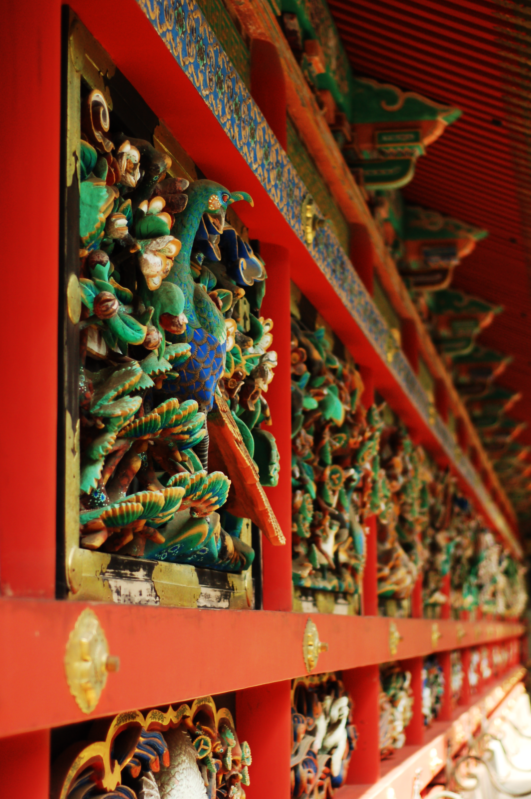

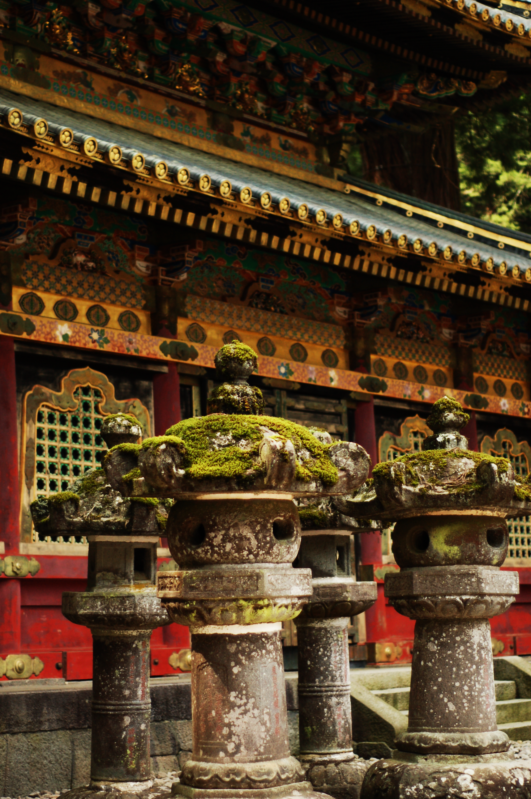

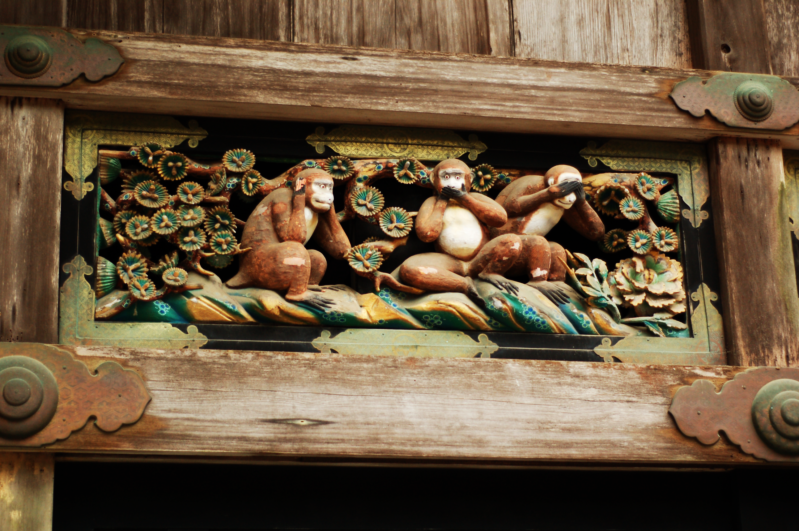
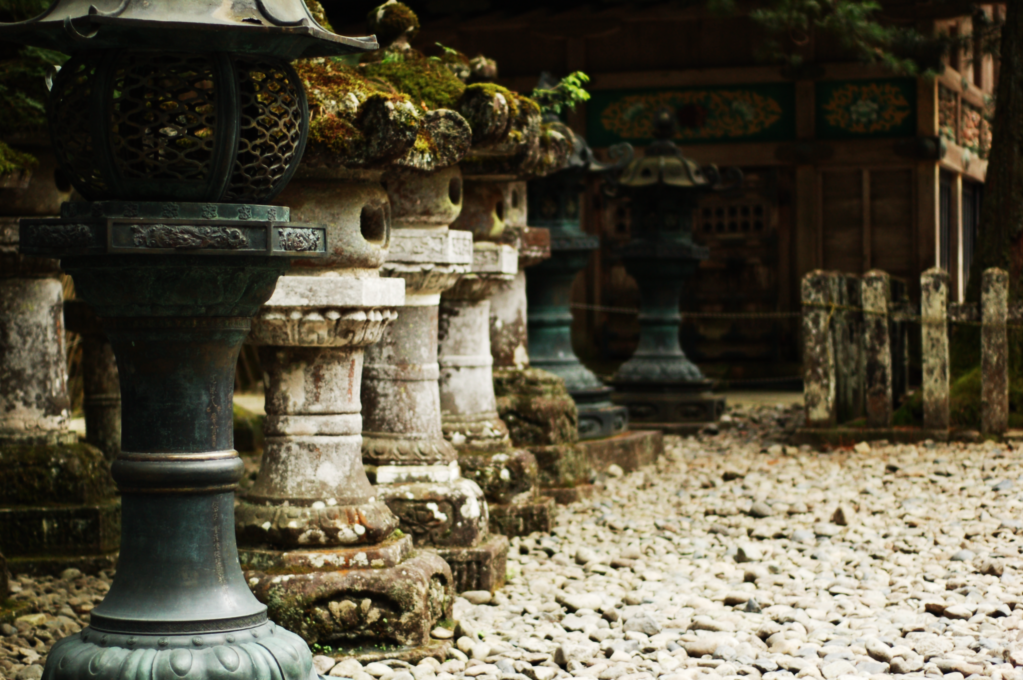

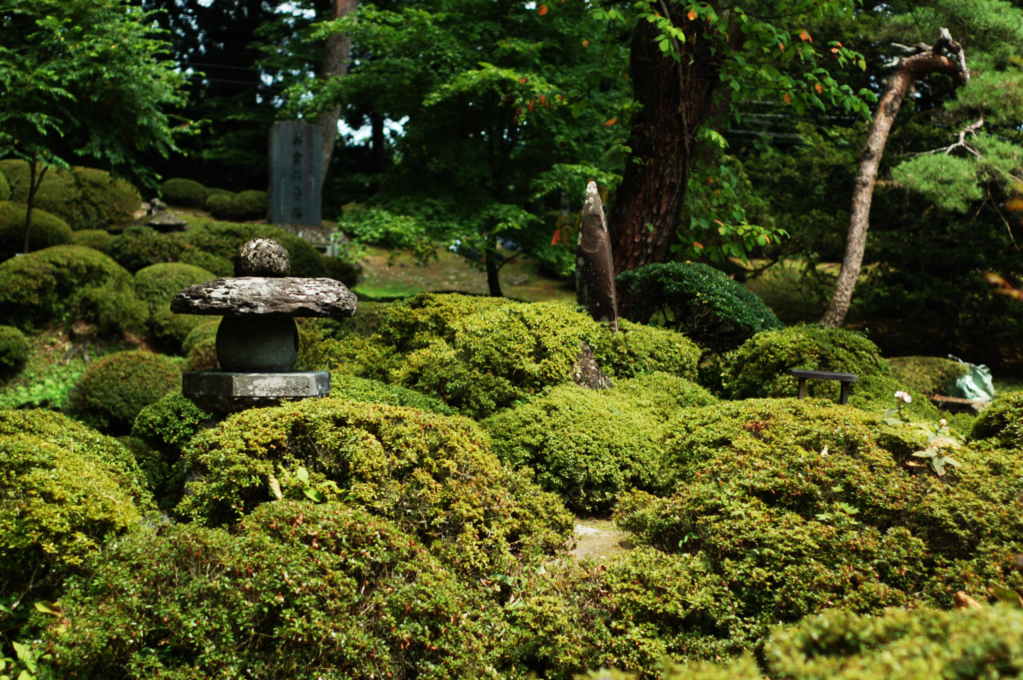
 Another rite of purification which must be done before entering Shinto shrines is called temizu (手水), and consists in pouring water over both hands in turn with one of the ladles provided, then rinsing one's mouth and finally the ladle itself.
Another rite of purification which must be done before entering Shinto shrines is called temizu (手水), and consists in pouring water over both hands in turn with one of the ladles provided, then rinsing one's mouth and finally the ladle itself.